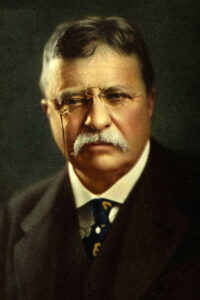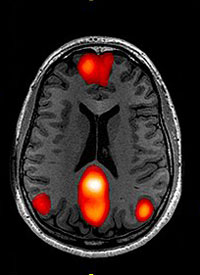Be still, sad heart, and cease repining;
Behind the clouds is the sun still shining;
Thy fate is the common fate of all,
Into each life some rain must fall,
Some days must be dark and dreary.
– Excerpt from The Rainy Day by Henry Wadsworth Longfellow
My life has had its share of ups and downs. While I consider myself to be richly blessed, I’ve faced a few challenges in recent years.
I provided oversight of my parents’ care during their final years of life. Dad was plagued with physical infirmity as well as geriatric dementia. Mom developed full blown Alzheimer’s disease. It was difficult to bear witness to their gradual deterioration and taxing to manage their care. Dad sustained relatively good cheer to the end; Mom had a rough go of it. Through it all, my husband and I endeavored to provide loving support and address needs as they arose. We stopped traveling to make sure we were there for them.
Just when that chapter of our lives reached its conclusion, COVID happened. Our plans for a recreational respite went on the shelf. I was disappointed, but we found ways to entertain ourselves within the confines of our home. Yet as the country started opening back up, it was our household’s turn to get in on the healthcare action. Some things have been resolved; others remain vexing. And again, our travel plans have gone up in smoke.
 I wish that I could report that I’ve taken life’s set-backs in stride and sustained a cheerful attitude. While I strive for a positive attitude no matter what life throws at me, I’ve managed to throw myself some decent pity parties. I lament the fact that our “golden years” aren’t as golden as I thought they’d be. Then I chastise myself for complaining when I have so many things for which I am truly grateful. But here’s the rub: Life throws curve balls at you, and things can be legitimately unpleasant. What do you do with all the weeping, wailing, and gnashing of teeth? My attempts at stuffing those feelings haven’t worked. They just pop up again!
I wish that I could report that I’ve taken life’s set-backs in stride and sustained a cheerful attitude. While I strive for a positive attitude no matter what life throws at me, I’ve managed to throw myself some decent pity parties. I lament the fact that our “golden years” aren’t as golden as I thought they’d be. Then I chastise myself for complaining when I have so many things for which I am truly grateful. But here’s the rub: Life throws curve balls at you, and things can be legitimately unpleasant. What do you do with all the weeping, wailing, and gnashing of teeth? My attempts at stuffing those feelings haven’t worked. They just pop up again!
I shared this dilemma with a friend in my mindfulness meditation cohort. He said: “Why don’t you try self-compassion?” Duh! Why didn’t I think of that?!?
Self-compassion acknowledges that life entails suffering and creates an opening for sympathetic concern. It neither rails against suffering nor diminishes its painful impact. It simply invites lovingkindness in its wake.
Here’s a self-compassion break to help process those troublesome sensibilities:
- Stop and notice the upset. Name the emotions, explore how they show up in the body, and see what stories might be surfacing around them.
- Remember that everyone suffers. “Into each life some rain must fall.” We are not alone.
- Ask: What do I need to be kind to myself in this moment? Time permitting, I could go for a walk, listen to wonderful music, take a luxurious bath, share some quality time with a friend. Or, I could simply repeat one or more of the following phrases in silent meditation: May I be strong. May I face this circumstance with equanimity. May I find love in myself and others… While I’m generally not big on affirmations, I’m surprised at how effective they can be to soothe an aching heart.








